
When in a locked condition, do not apply a load accompanied by an impact shock, strong vibration or turning force, etc.
Do not drop or bump. Do not drop, bump, or apply excessive impacts (300m/s2 or more for reed switches and 1000m/s2 or more for solid state switches) while handling. Although the body of the switch may not be damaged, the inside of the switch could be damaged and cause a malfunction. 5. Do not allow short circuiting of loads.
Do not drop or bump. Do not drop, bump, or apply excessive impacts (300m/s2 or more for reed switches and 1000m/s2 or more for solid state switches) while handling. Although the body of the switch may not be damaged, the inside of the switch could be damaged and cause a malfunction. 5. Do not allow short circuiting of loads.
Do not drop or bump. Do not drop, bump, or apply excessive impacts (300m/s2 or more for reed switches and 1000m/s2 or more for solid state switches) while handling. Although the body of the switch may not be damaged, the inside of the switch could be damaged and cause a malfunction. 5. Do not allow short circuiting of loads.
Do not drop or bump. Do not drop, bump, or apply excessive impacts (300m/s2 or more for reed switches and 1000m/s2 or more for solid state switches) while handling. Although the body of the switch may not be damaged, the inside of the switch could be damaged and cause a malfunction. 5. Do not allow short circuiting of loads.
Do not drop or bump. Do not drop, bump, or apply excessive impacts (300m/s or more for reed switches and 1000m/s or more for solid state switches) while handling. Although the body of the switch may not be damaged, the inside of the switch could be damaged and cause a malfunction. 2. Do not carry a cylinder by the auto switch lead wires. Never carry a cylinder by its lead wires.
Do not touch the LCD indicator. Do not touch the LCD indicator face of the pressure switch during operation. Static electricity can change the readout. 3. Pressure port Do not introduce wire, needles, or similar objects to the pressure port as this may damage the pressure sensor and cause malfunctions. 1. Do not use in an area where surges are generated.
Do not drop or bump. Do not drop, bump or apply excessive impacts (300m/s or more for reed switches and 1000m/s or more for solid state switches) while handling. Although the body of the switch may not be damaged, the inside of the switch could be damaged and cause a malfunction. 2. Do not carry a cylinder by the auto switch lead wires.
Do not drop or bump. 5. Do not allow short circuit of loads.
Do not use in environments where there is a danger of corrosion. 1. Do not lubricate the cylinder. Lubrication may cause malfunction. 2. Do not use in environments where a large amount of dust is present or where water or oil splashes on the cylinder. 2. Do not use greases other than those specified by SMC.
They do not guarantee an actual fixed range (expect approximately 30% dispersion).
Do not drop or bump. Do not drop, bump or apply excessive impacts (300m/s2 or more for reed switches and 1000m/s2 or more for solid state switches) while handling. Although the body of the switch may not be damaged, the inside of the switch could be damaged and cause a malfunction. 2. Do not carry a cylinder by the auto switch lead wires. Never carry a cylinder by its lead wires.
AC200V 200V SY100-61-2-02 AC110V 110V SY100-61-2-03 Dimensions are the same as type D DIN connector. AC220V 220V SY100-61-2-04 When replacing only the pilot valve assembly, V115D is Type Y interchangeable with V115Y. Do not replace V111 (G, H, L, Without light SY100-82-1 M, W) to V115Y (DIN terminal), or vice versa.
Do not drop or bump. Do not drop, bump or apply excessive impacts (300m/s or more for reed switches and 1000m/s or more for solid state switches) while handling. Although the body of the switch may not be damaged, the inside of the switch could be damaged and cause a malfunction. 2. Do not carry a cylinder by the auto switch lead wires. Never carry a cylinder by its lead wires.
Do not turn the piston rod with the rod boot kept locked. When turning the piston rod, loosen the band once and do not twist the rod boot.
Do not work when intoxicated or feeling ill. Accidents may occur if disregarded. Do not remove a panel unless permitted in this manual.
Failure to do so may cause damage or malfunction.
Do not remove cover panels that are not designated in this manual.
Do not drop or bump. Do not drop, bump or apply excessive impacts (1000m/s or more for solid state switches) while handling. Although the body of the switch may not be damaged, the inside of the switch could be damaged and cause a malfunction. 2. Do not carry a cylinder by the auto switch lead wires. Never carry a cylinder by its lead wires.
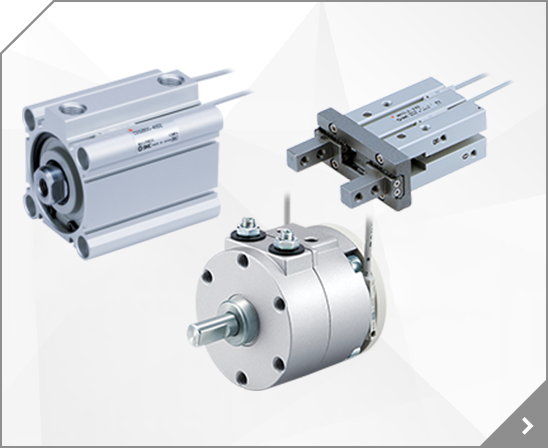
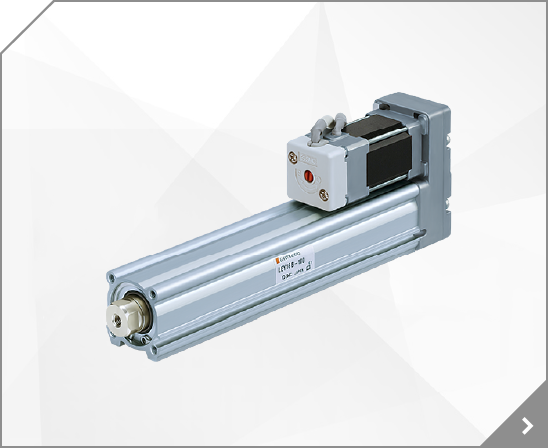
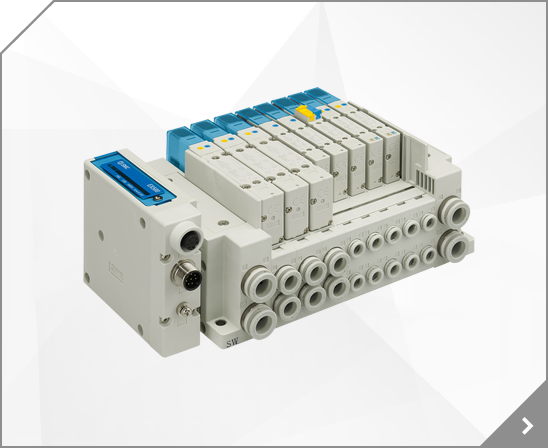
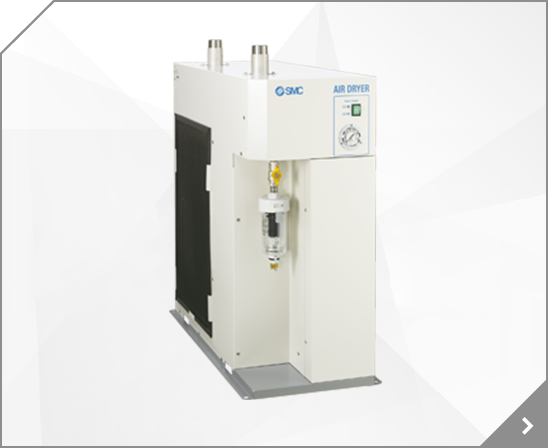
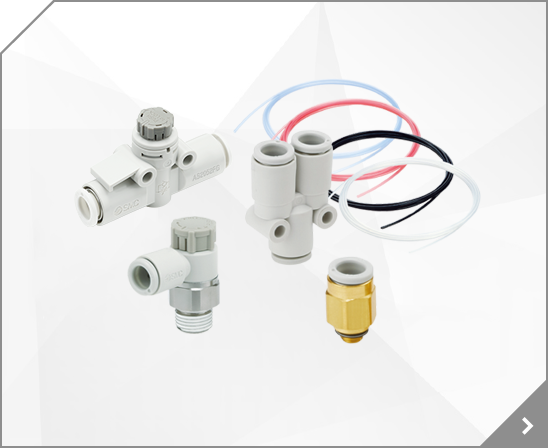
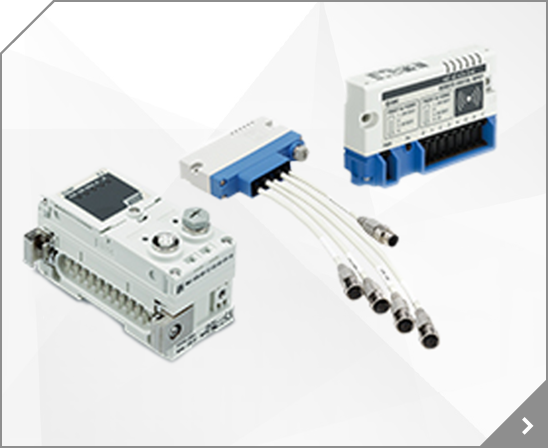
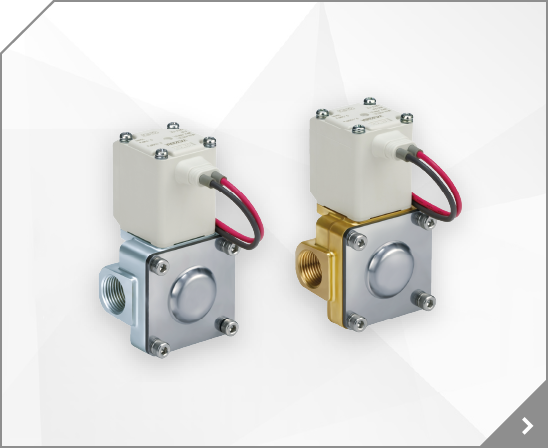
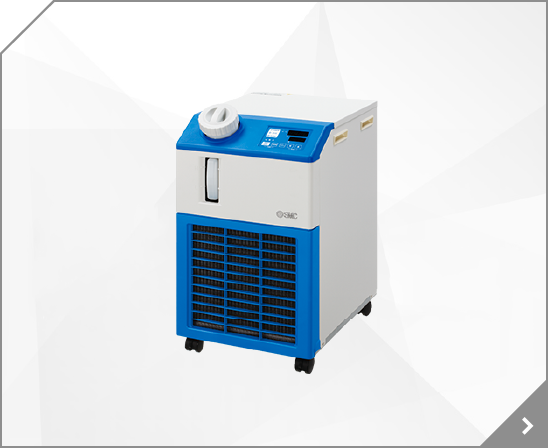
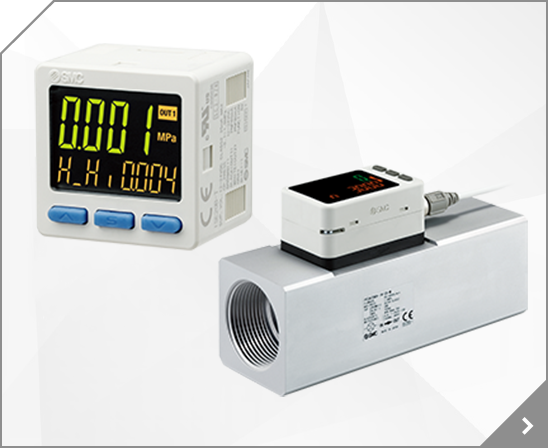
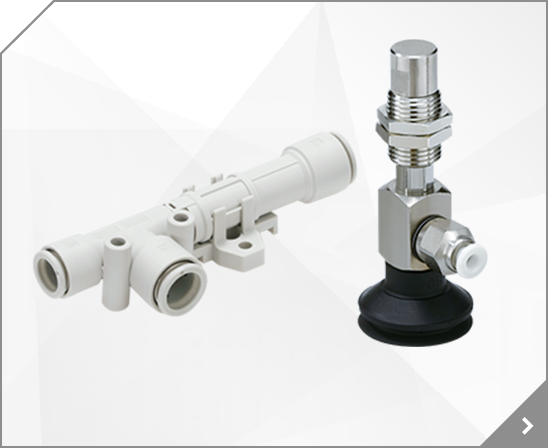

 C95
C95